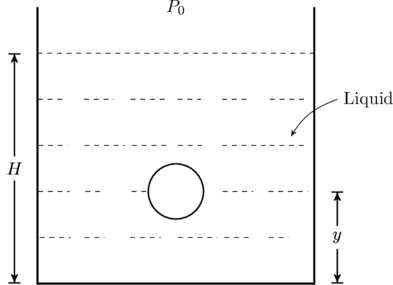Question 1
A string of length ![]() is clamped at each end and vibrates in a standing wave pattern. The wavelengths of the constituent traveling waves cannot be:
is clamped at each end and vibrates in a standing wave pattern. The wavelengths of the constituent traveling waves cannot be:
Question 2
If the speed of sound is 340 m/s, the length of the shortest open-closed pipe that resonates at 218 Hz is:
- 23 cm
- 17 cm
- 39 cm
- 78 cm
- 1.6 cm
Question 3
At ![]() , a pipe open at both ends resonates at a frequency of 440 Hz. At what frequency does the same pipe resonate on a particularly cold day when the speed of sound is 3 percent lower than …
, a pipe open at both ends resonates at a frequency of 440 Hz. At what frequency does the same pipe resonate on a particularly cold day when the speed of sound is 3 percent lower than …

